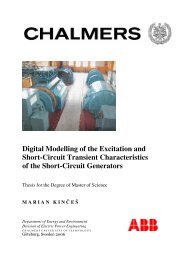Modeling and Simulation of Vehicular Power Systems - webfiles its ...
Modeling and Simulation of Vehicular Power Systems - webfiles its ...
Modeling and Simulation of Vehicular Power Systems - webfiles its ...
Create successful ePaper yourself
Turn your PDF publications into a flip-book with our unique Google optimized e-Paper software.
Figure 4-2: The deflection <strong>of</strong> tyre <strong>and</strong> rolling resistanceThe torque caused by shifted ground reaction force is:T r= P × a( 4-2)In order to compensate this torque, a torque should be applied to the wheel with theopposite direction so:FTr P × a= = = P Cr( 4-3)r rRolling×d dWhich Cr is called the rolling resistance coefficient <strong>and</strong> P is the normal load on thewheel. The rolling resistance force is in the opposite direction <strong>of</strong> the vehicle movement<strong>and</strong> if the vehicle is climbing a grade the normal force will decrease so the aboveequation should be multiplied by Cosα which α is the angle <strong>of</strong> the grade in degree. Therolling resistance <strong>of</strong> the vehicle is not constant <strong>and</strong> there are so many factors affecting <strong>its</strong>value including tyre pressure, tyre temperature, tyre material, road material <strong>and</strong> vehiclespeed <strong>of</strong> which speed is more important than the other ones. The rolling resistancecoefficient will change according to the following equation with speed especially in lowspeeds for a passenger car [10].VCr = 0.01(1 + )( 4-4)100The other resistance is the aerodynamic resistance which is caused because <strong>of</strong> two things.Shape drag <strong>and</strong> skin effect. [11], [14], [10].The aerodynamic force is calculatedaccording to the following equation.16



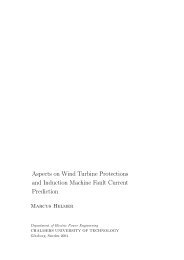
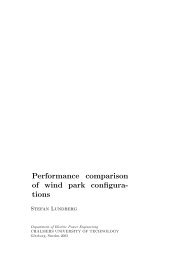
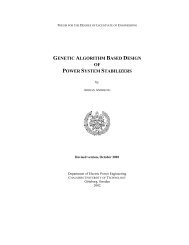
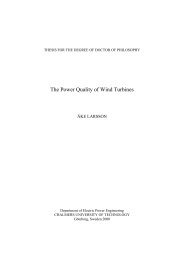
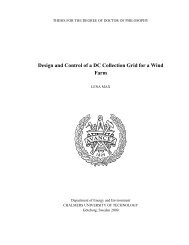

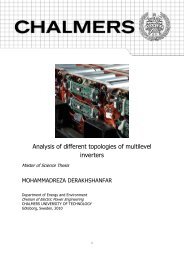

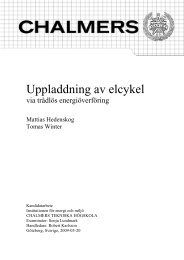
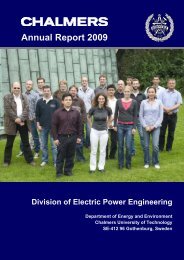
![LAPLACE OPERATOR.ppt [Lecture seule]](https://img.yumpu.com/42909900/1/190x135/laplace-operatorppt-lecture-seule.jpg?quality=85)

